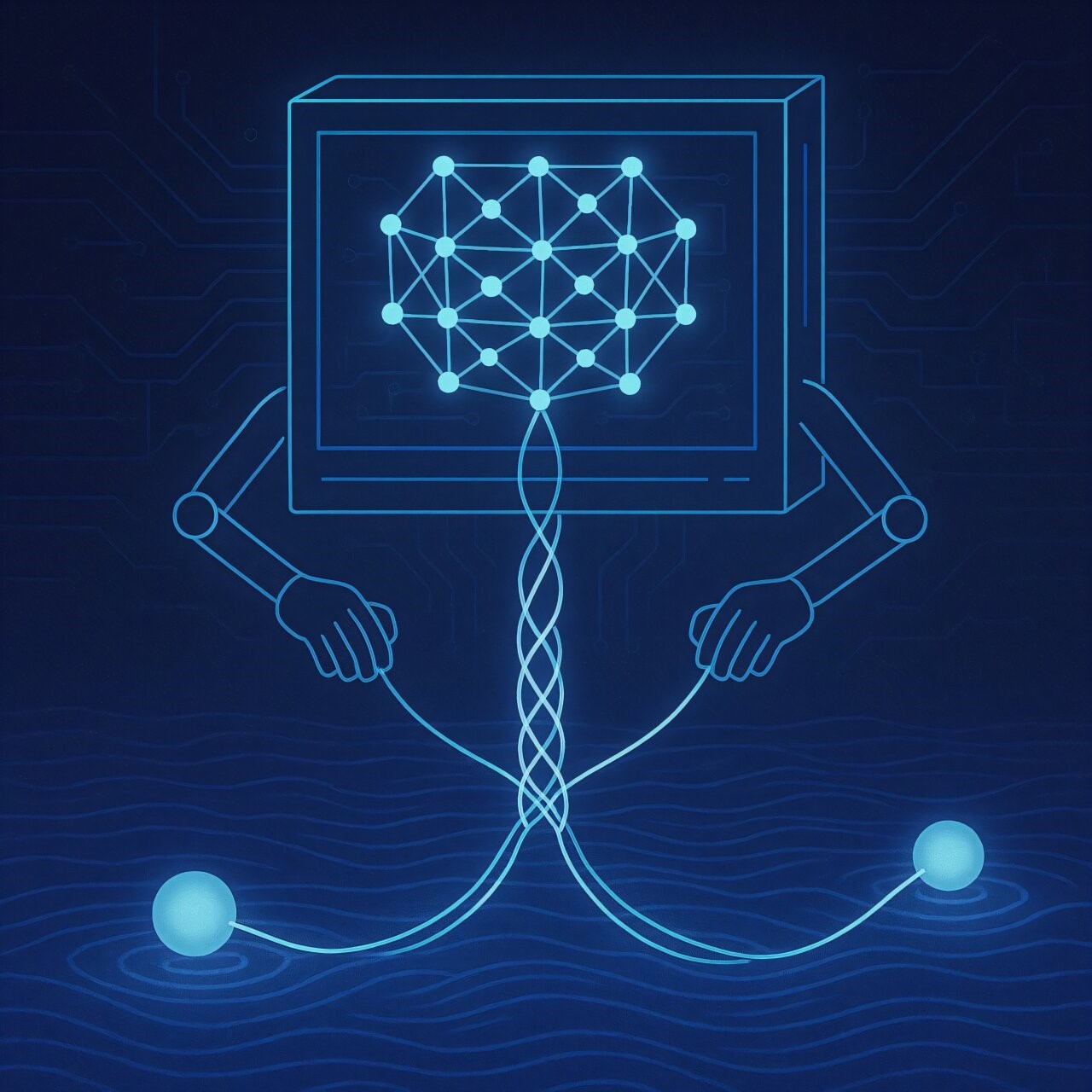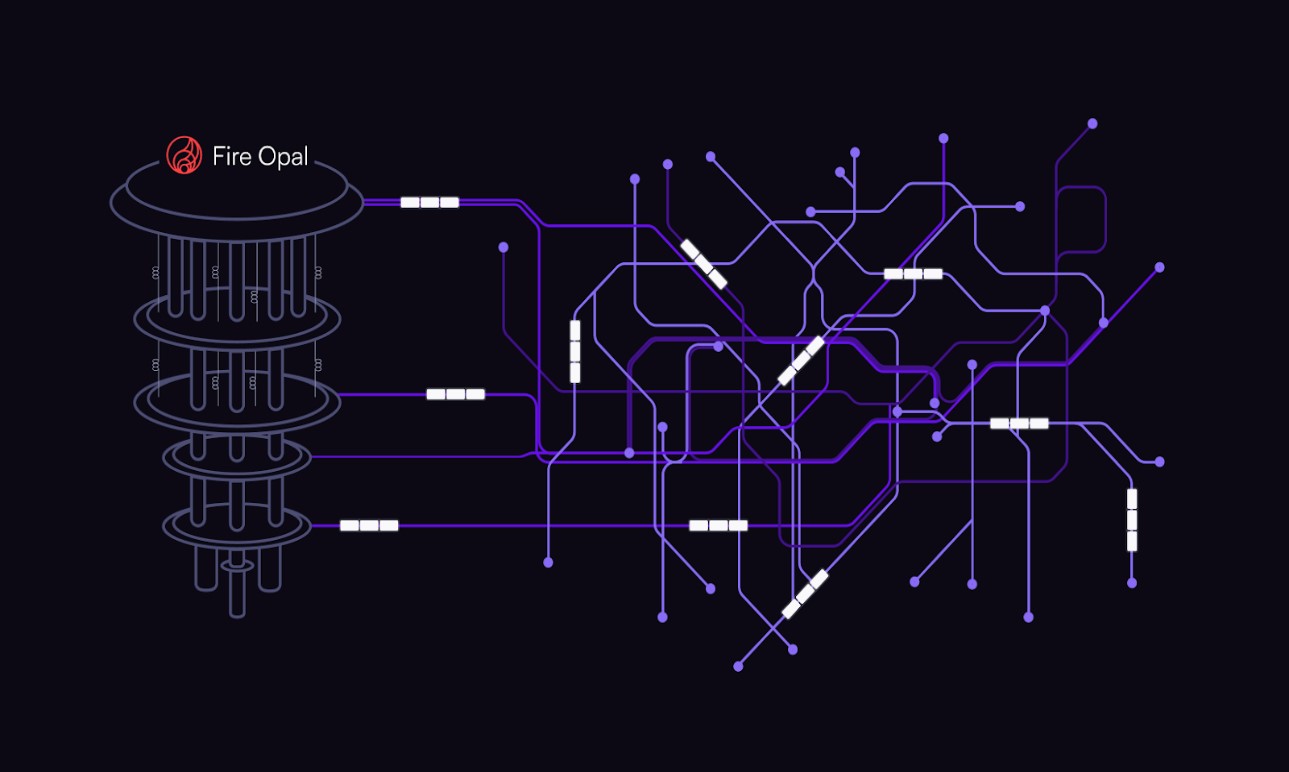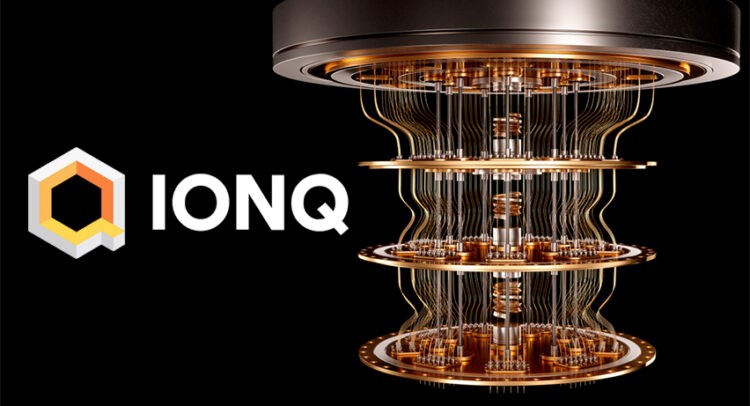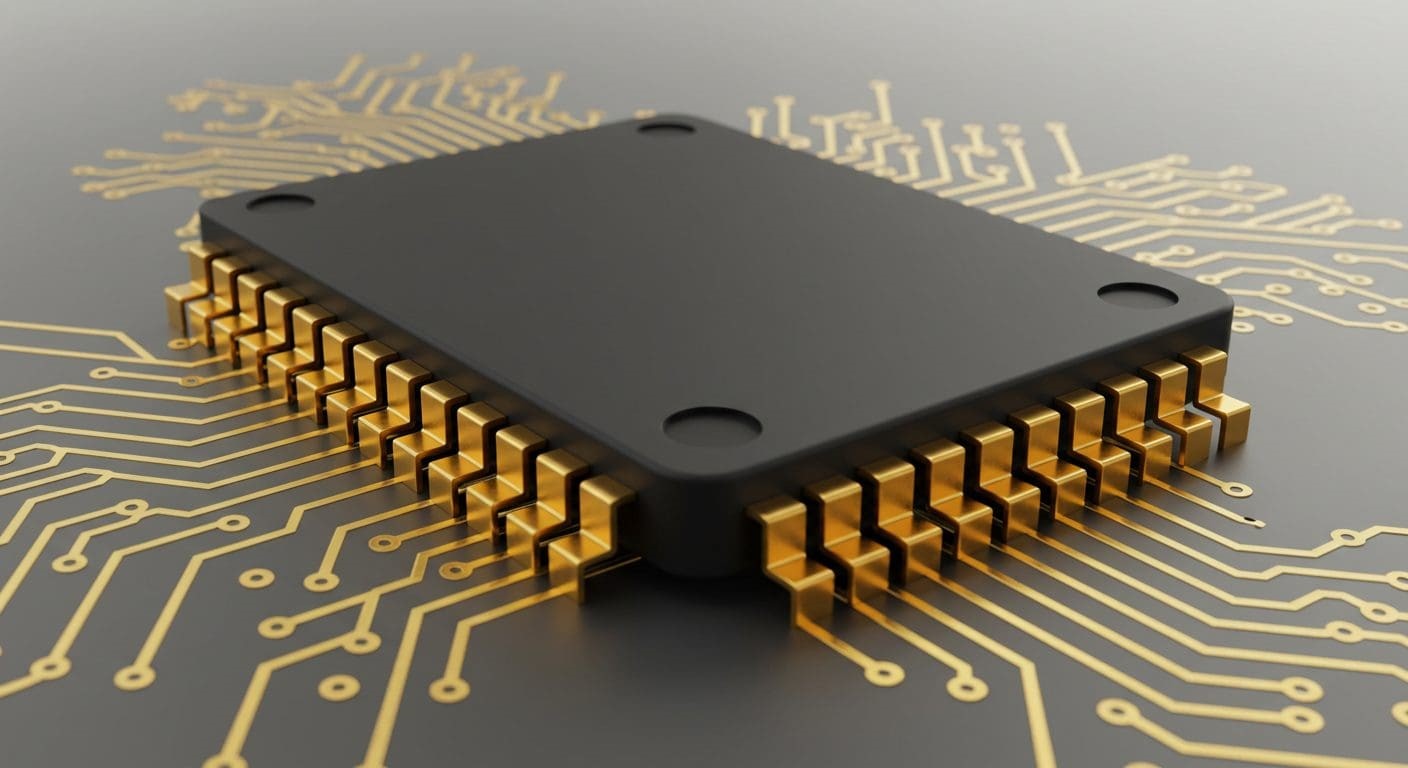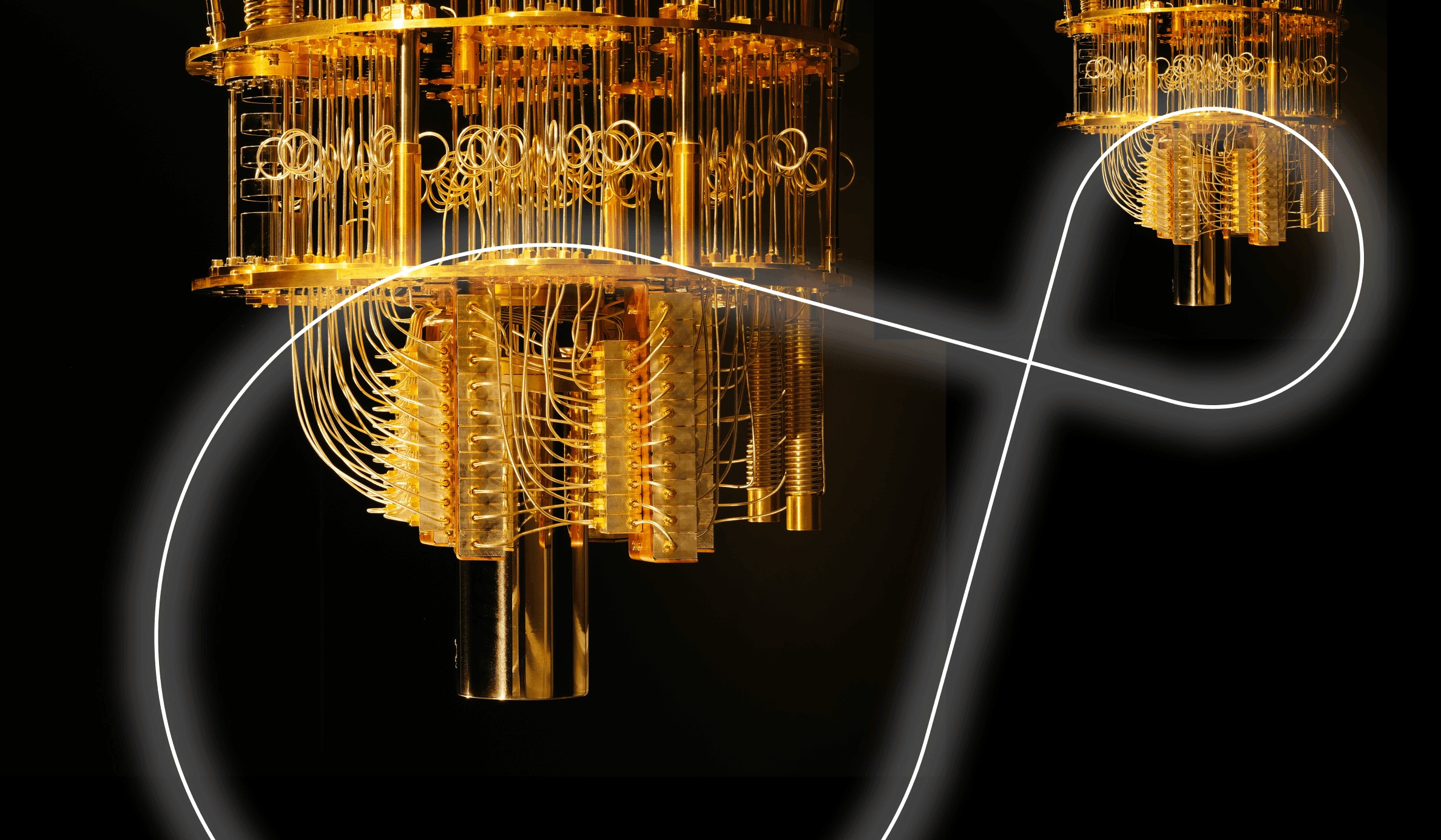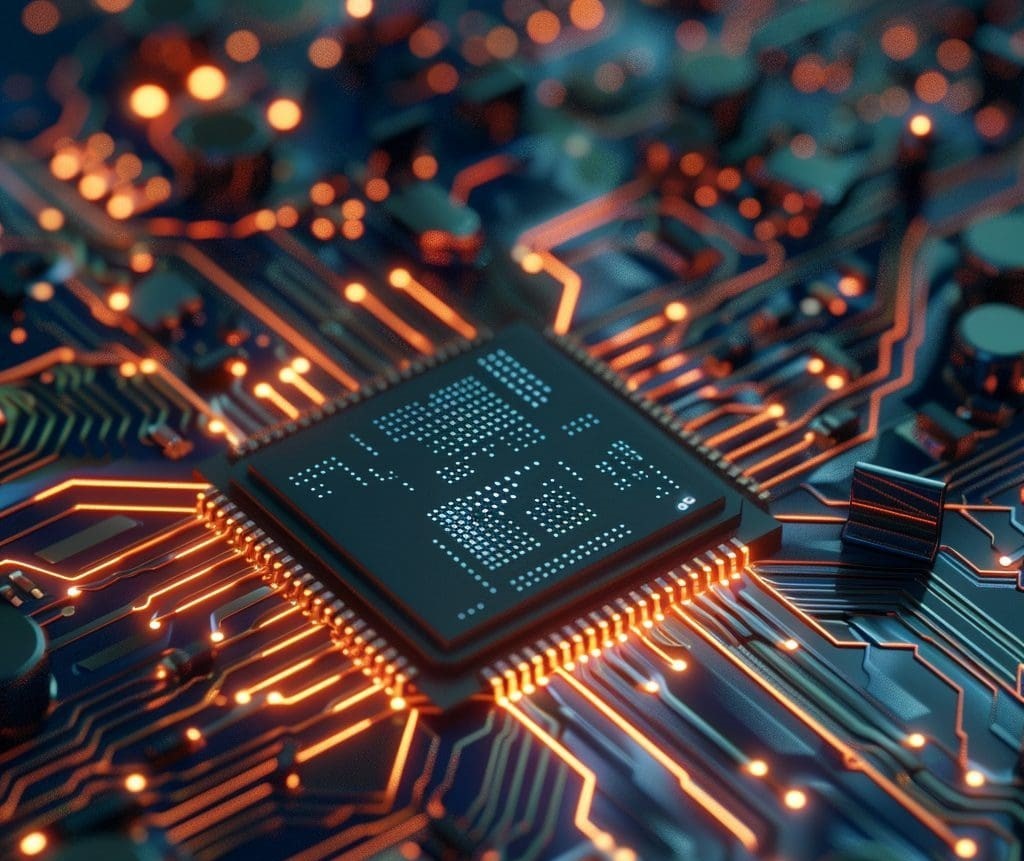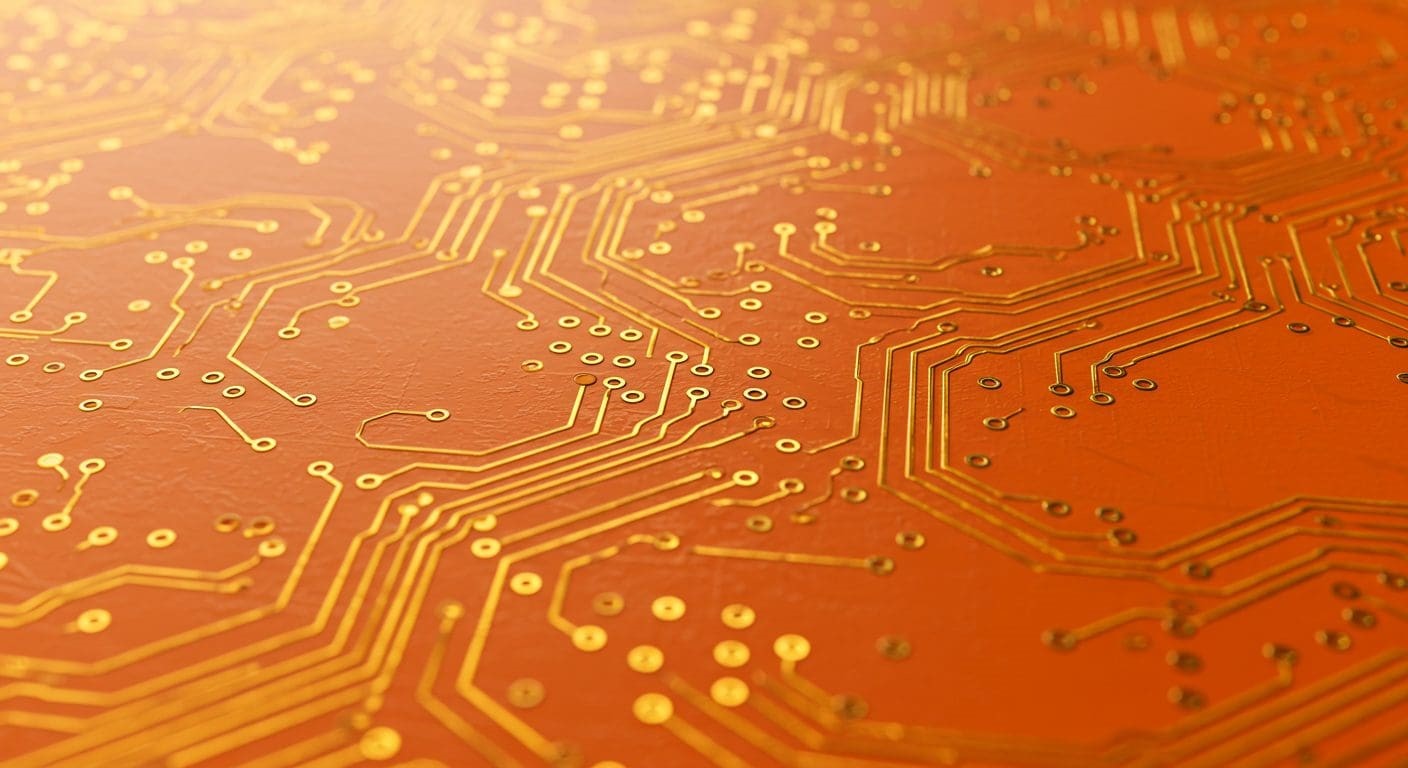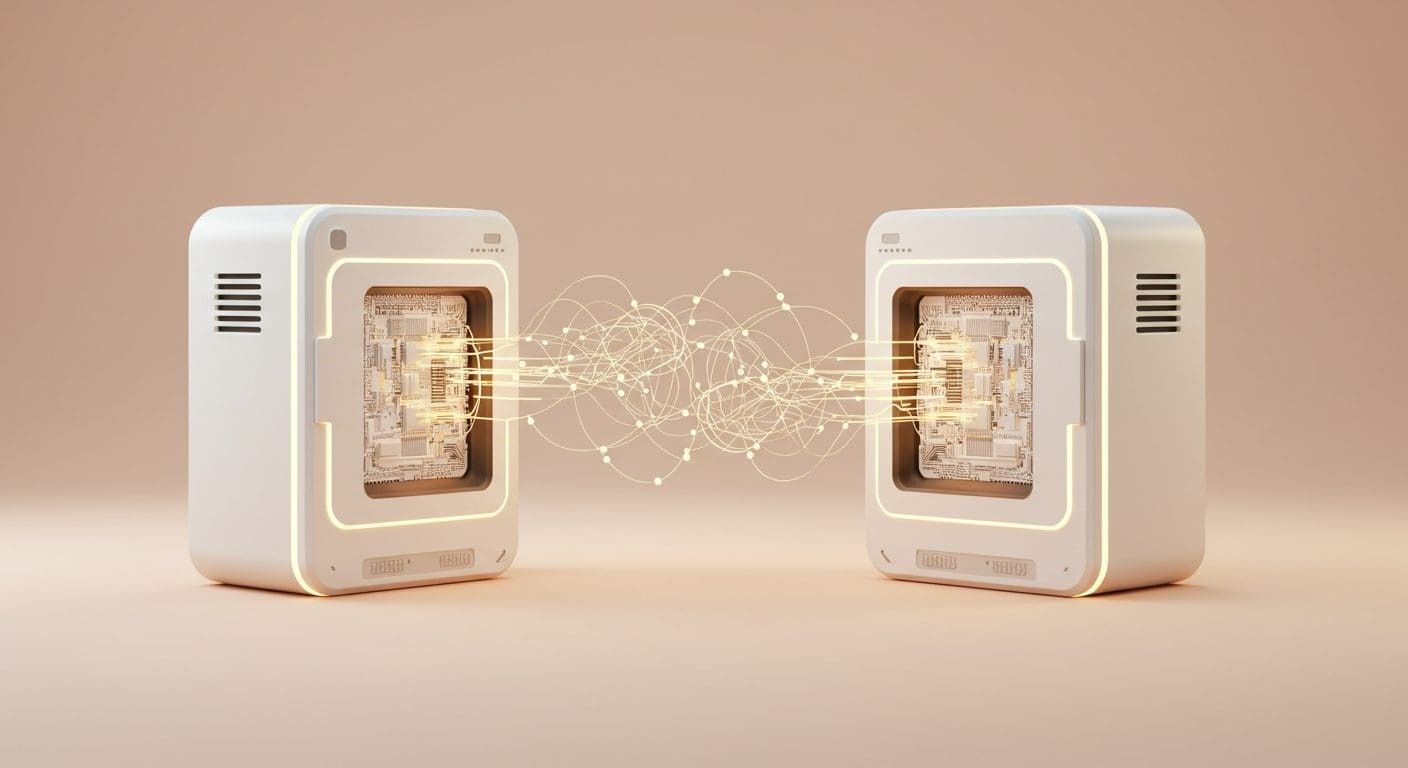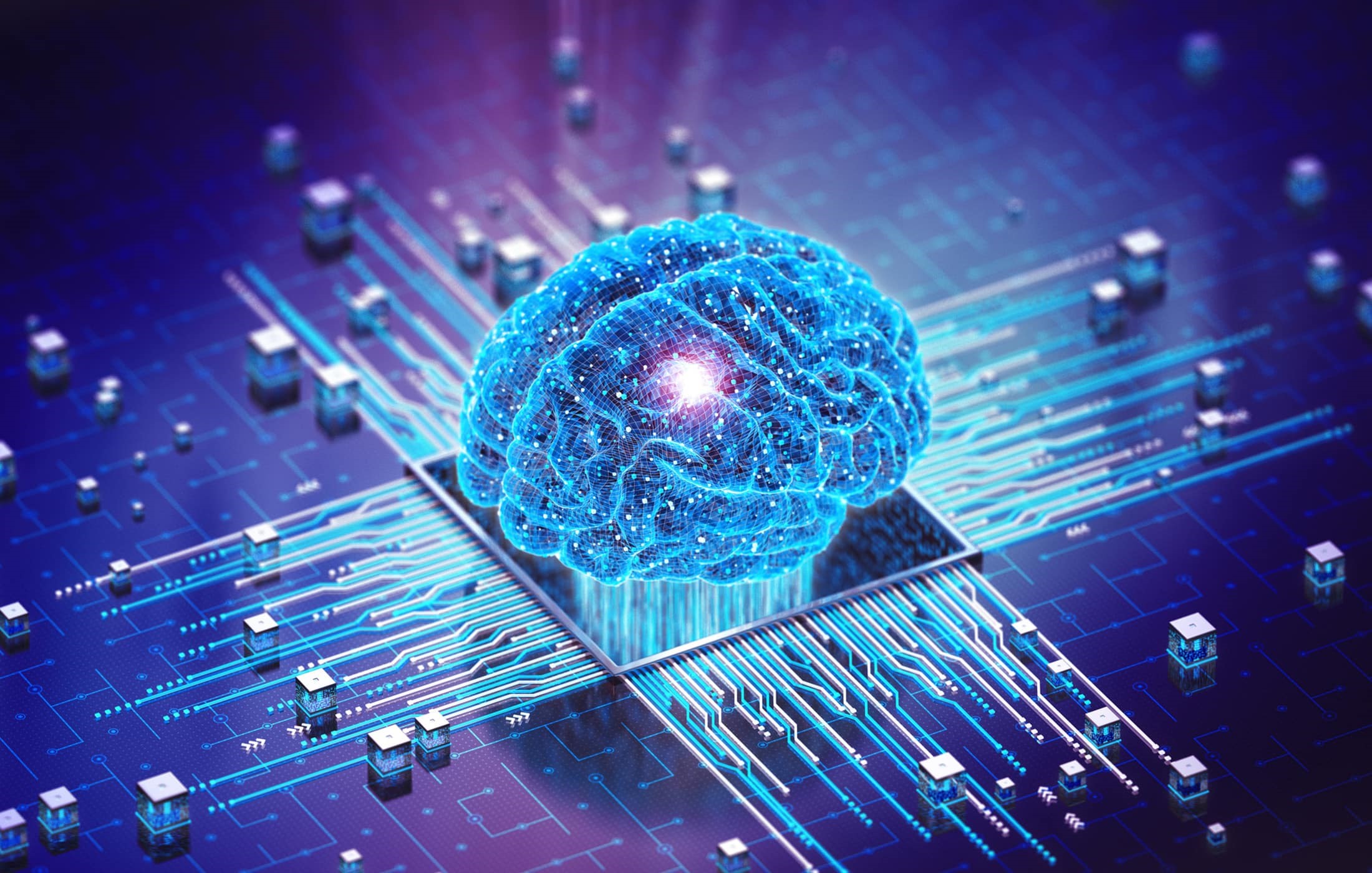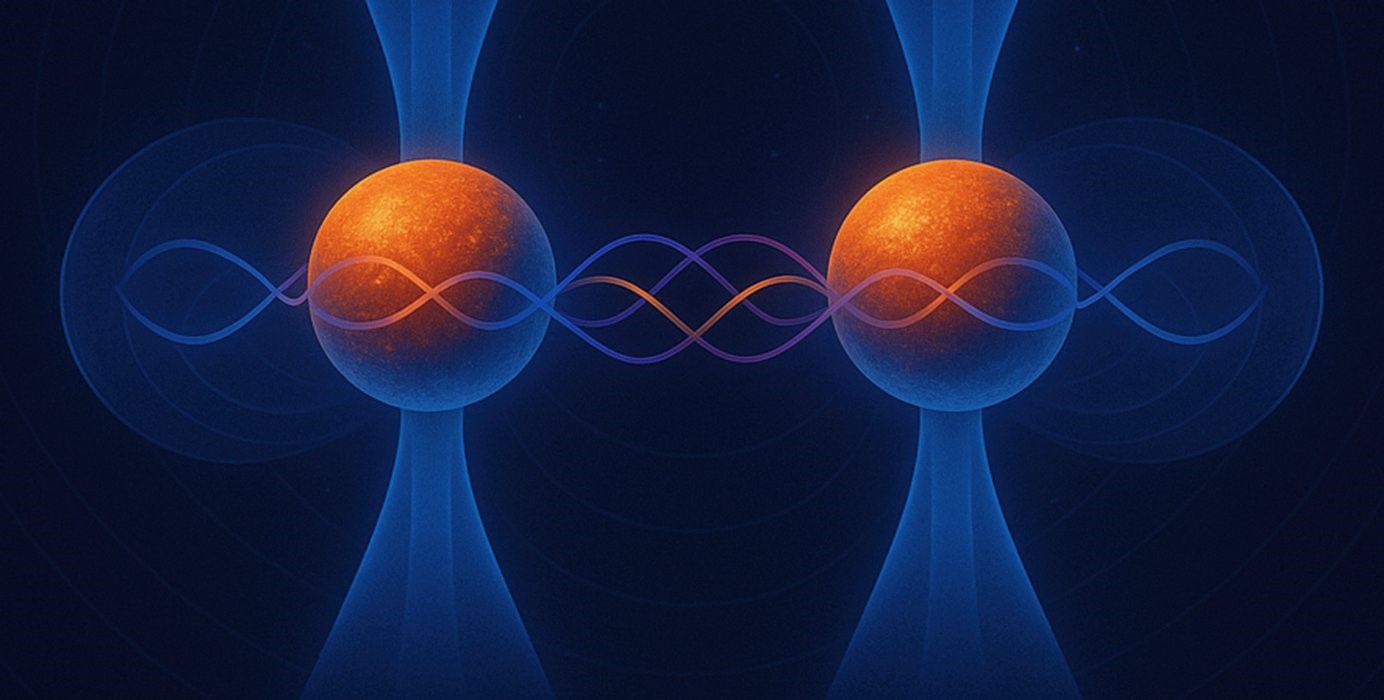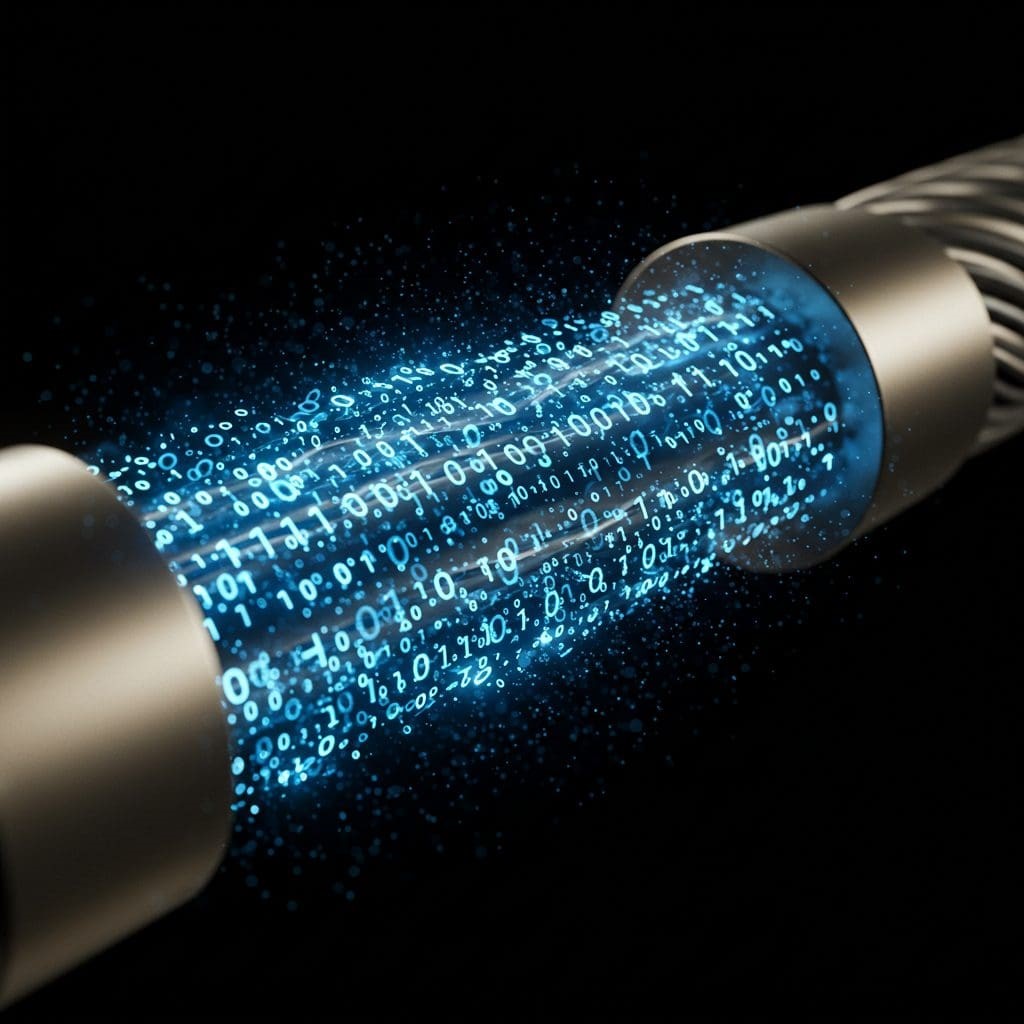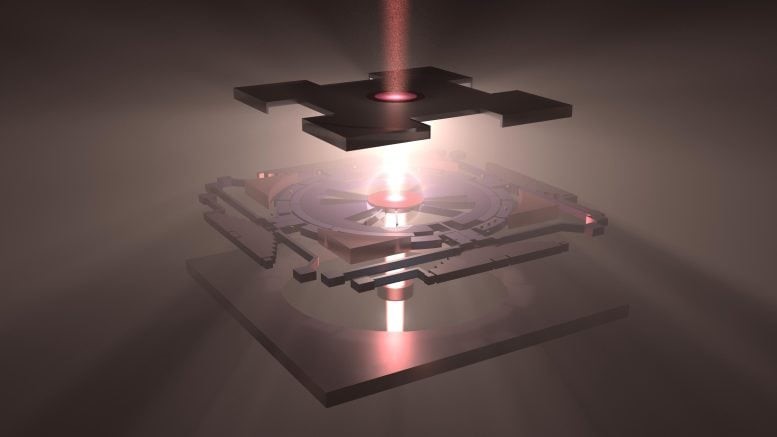Triggered Emission Reveals New Routes for Correlated Photon Pairs
Researchers at Xi’an Jiaotong University’s Institute of Theoretical Physics, led by Jia-Qi Li and Xin Wang, have uncovered a novel mechanism called triggered emission in nonlinear photonics. This phenomenon occurs when an emitter, significantly detuned from single-photon states, releases highly correlated photon pairs under precise conditions of energy matching and wavefunction overlap. By creating superposition states that combine localized single-photon states with propagating two-photon wavepackets, the team demonstrated how the surrounding quantum environment profoundly affects emitter behavior. Additionally, they achieved unidirectional multi-photon emission by modulating both emitter and photon states. These discoveries deepen the understanding of nonlinear light-matter interactions and open new avenues for quantum information processing technologies.
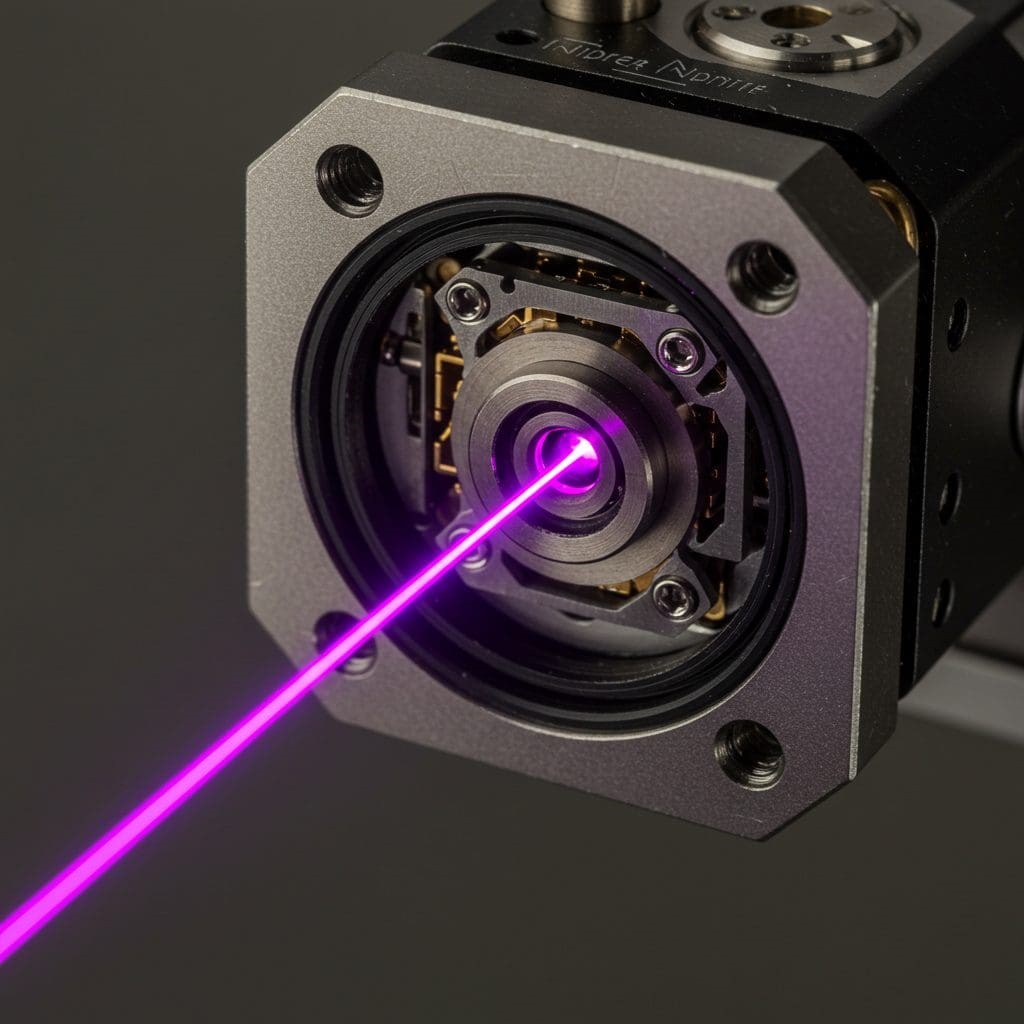
Figure 1. Triggered Emission Unlocks New Routes for Correlated Photon Pairs
Advances in Quantum Systems Unlock Precise Control and Innovative Technologies
The study of quantum systems is a fundamental area in modern physics, propelled by advances in experimental methods that enable precise manipulation of atomic and photonic states. Experiments with trapped ions, superconducting circuits, and photons in optical cavities have deepened understanding of quantum dynamics and paved the way for new technologies. These achievements are grounded in theoretical models describing light-matter interactions at the quantum level, including the impact of noise and dissipation in open systems. Figure 1 shows Triggered Emission Unlocks New Routes for Correlated Photon Pairs.
Photonic crystals have become essential for controlling light-matter interactions by confining and directing photons with great accuracy. This has facilitated discoveries in phenomena like superradiance—where atoms collectively emit light more intensely—and subradiance, characterized by reduced emission due to destructive interference. Such effects have been explored in diverse platforms, including atomic ensembles along photonic crystal waveguides and qubits coupled to one-dimensional waveguides.
Quantum noise and fluctuations critically influence the behavior of open quantum systems, especially in cavity optomechanics and circuit quantum electrodynamics (QED). In these platforms, mechanical or electrical components interact with electromagnetic fields, resulting in complex dynamics described by input-output theory. This framework has been key to understanding effects like backaction-induced damping, parametric amplification, and the generation of non-classical states of light and matter.
Building on these principles, researchers have designed novel quantum devices for sensing, communication, and computation that harness quantum advantages over classical technologies, marking progress toward practical quantum-enabled applications.
The study focuses on a system comprising an Aharonov-Bohm (AB) ring with two quantum dots coupled to a waveguide, exploring subradiant states and photon-mediated interactions. Subradiant states arise from destructive interference of emissions from the quantum dots, producing long-lived excitations beneficial for quantum memory and low-loss communication. The waveguide mediates interactions between the dots through photons, with effective interaction Hamiltonians derived via perturbation theory.
A notable innovation is the combination of AB ring topology and quantum optics, allowing control over photon-mediated interactions by tuning the magnetic flux through the ring. This modulation adjusts electron phases and photon emission/absorption rates, thereby controlling dot interactions. Numerical simulations support the analytical findings, offering deeper insights beyond simplified models.
The AB ring’s topology induces unique interference patterns distinct from linear systems, shaping interactions in ways that could enable new quantum devices such as efficient memories and communication channels. This platform offers a valuable setting to study the interplay of topology and quantum optical effects in engineered quantum systems.
Entangled States Preserve Nonlocal Correlations Amid Noise
The study examines how quantum entanglement and non-locality endure in the presence of noise, using a protocol with photon pairs to evaluate resilience against disturbances like loss and phase fluctuations. The results demonstrate that entangled states can maintain non-local correlations even under substantial noise, which is vital for practical applications beyond ideal laboratory conditions. The research also highlights that certain types of noise impact the system more severely, providing valuable guidance for designing more robust quantum systems.
Future research may investigate additional noise models and develop error correction strategies to further improve robustness [1]. These efforts are essential for advancing real-world quantum communication and computing technologies, overcoming current challenges, and unlocking greater potential for quantum applications.
Subradiant States Uncover Quantum Phase Transitions with Practical Applications
The study demonstrates the generation of subradiant states in quantum systems via photonic crystal waveguides, revealing conductance transitions driven by interaction strength and magnetic flux. These results indicate the presence of quantum phase transitions, with promising implications for improving efficiency and minimizing noise in quantum information processing.
Future research could enhance numerical simulations to investigate more system parameters and develop experimental platforms to validate these findings under controlled conditions, deepening the understanding of subradiant state dynamics and their technological applications.
References:
- https://quantumzeitgeist.com/triggered-emission-unveils-new-pathways-for-correlated-photon-pairs/
Cite this article:
Janani R (2025), Triggered Emission Reveals New Routes for Correlated Photon Pairs, AnaTechMaz, pp.264


